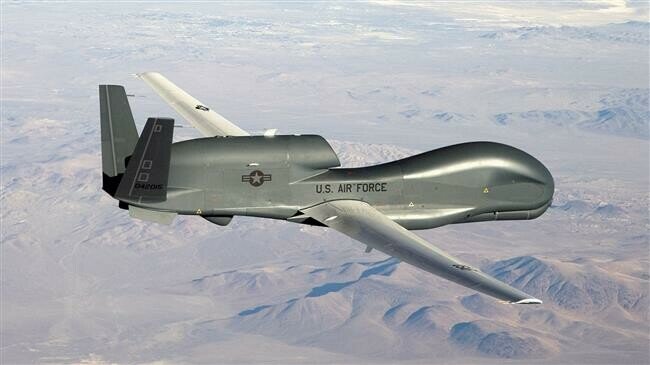U.S. sanctions on Iran kill off faint hopes of diplomatic solution

The latest U.S. sanctions on Iranian Supreme Leader Ayatollah Ali Khamenei and the announcement on plans to sanction Foreign Minister Mohammad Javad Zarif have apparently been interpreted as President Donald Trump’s bad will by many in Iran.
“Imposing useless sanctions on Iran’s Supreme Leader and the commander of Iran’s diplomacy is the permanent closure of the path of diplomacy,” Iranian Foreign Ministry spokesman Abbas Mousavi stated in a tweet on Tuesday.
Although the American president claims that the actions follow a series of “aggressions” by the Islamic Republic, the decision appears to substitute the last week’s called off air strikes.
In fact, Trump’s decision to pull back strikes on Iran not only spared the lives of 150 Iranians but also saved thousands of American troops deployed to the region.
The president said that he had called off strikes after being told 150 people would die, a claim found by many in Iran as “insincere and silly”. The U.S. has already played its Trump card as Iranians consider economic sanctions the same as an all-out war.
According to Reuters, Iranian crude exports, the country’s main source of income, have dropped to 300,000 barrels per day (bpd) or less. On the other hand, the U.S. has already tightened the screw on Iran’s economy, blocking almost all ways to the international banking and financial system.
So obviously no effort has been spared by the U.S. to trigger a collapse in Iran’s economy. Apparently, The U.S. policy of maximum pressure against Iran has produced no positive result but bringing the two countries to the brink of war.
Since Trump walked out of the nuclear deal last year, the downing of the drone was the first direct incident involving the U.S. and Iranian forces, a warning indication of the escalation in the Persian Gulf.
Iranians have been preparing to fight in an asymmetric warfare for long. Everyone in Iran and elsewhere knows well that the U.S. Army is larger and probably better armed than the Iranian side is. However, the recent regional wars prove that arms and equipment do not necessarily determine the outcome of today’s wars.
Another valid point to consider is that the U.S. Army is incapable of involving all its military capability in a possible confrontation with Iran because not all its army capability is designed to engage in a single war in a single region. However, Iran and most of its allies are fully concentrated in the region.
A simple device such as improvised explosive devices (IED) inflicted heavy casualties on the U.S. led coalition in Afghanistan and Iraq. While making an IED costed about $5, those devices caused enormous damages to armored vehicles that were estimated to value hundreds of millions of dollars.
Back in the 1980s during the Soviet invasion of Afghanistan, the Mujahideen with the help of Stinger anti-aircraft missiles challenged the supremacy of the Soviet army and shot down a number of helicopter gunships. In the early days of the war the Soviet troops employed huge tanks to hit Afghan fighters but those heavy armored vehicles became easy targets for the Mujahideen in Afghanistan’s mountainous roads. Noteworthy that the Mujahideen were mostly armed with light weapons but they got the upper hand due to the local knowledge and the intelligence they easily gathered. Nowadays it is crystal clear that the Soviet invasion of Afghanistan was a costly fiasco, U.S. military operations in Afghanistan and Iraq, too.
Now just imagine what would happen if Iran’s allies and proxies would be armed with short-range and long-range missiles and other effective weaponry produced in Iran.
In the case of an all-out war on Iran, the U.S. allies, in particular Saudi Arabia and the UAE, appear highly vulnerable to missile attacks, probably their oil fields will be sitting targets for Iranian missiles. In the meantime, the Persian Gulf and the Strait of Hormuz look extremely insecure, leading to a serious surge in oil prices in the international markets.
Yes, the outcome is crystal clear. Although this does not mean the complete defeat of the U.S. army in military terminology, it would become a costly fiasco for the U.S., and widespread devastation for Iran and the entire region.
“If a conflict breaks out in the region, no country would be able to manage its scope and timing,” Major General Gholamali Rashid, a senior military commander, said on Sunday, adding, “the American government must act responsibly to protect the lives of American troops by avoiding misconduct in the region.”
Farhad Daneshvar is an expert on political and economic affairs of Iran
